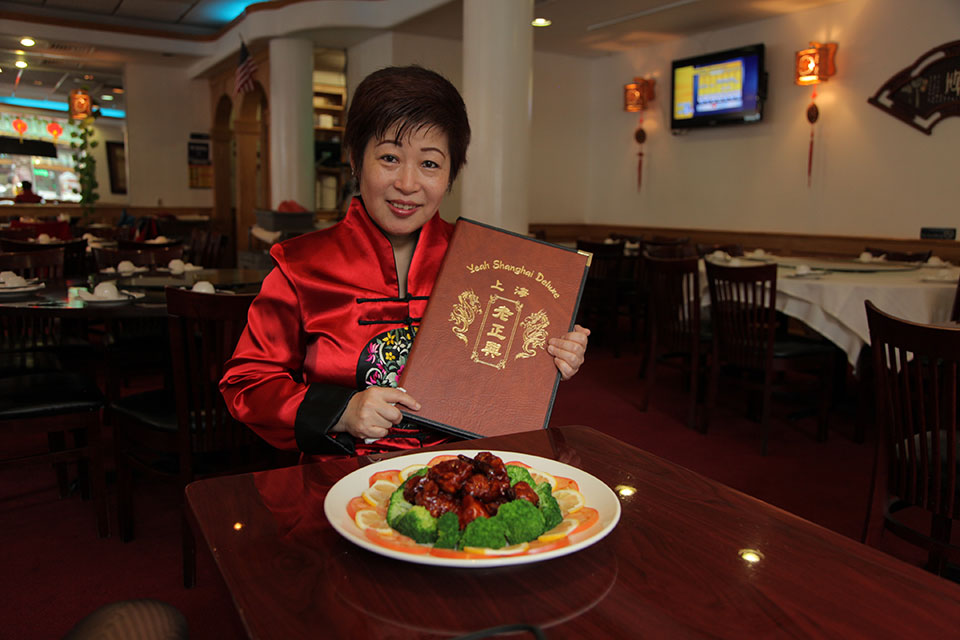Who Invented General Tso's Chicken?

NEW YORK — Millions of Americans enjoy Chinese food daily. Since President Richard Nixon's famous visit to Beijing in 1972, Chinese cuisine has become a staple of American dining.
According to the Chinese American Restaurant Association, there are approximately 50,000 Chinese restaurants across the United States — a number that exceeds the total of all McDonald's, Burger Kings, Pizza Huts, Taco Bells, and Wendy's combined.
Among the wide variety of delicious Chinese dishes available, one stands out as a favorite among Americans: General Tso's chicken. This dish features marinated chicken, diced, boneless, and deep-fried, served with a brown sauce that offers a mix of flavors.
General Tso's chicken is found in nearly every Chinese restaurant across the country. Often regarded as the most popular ethnic dish in America, it has been modified in countless ways. Yet its unique taste—a delightful combination of sweet, tangy, and salty—continues to appeal to the American palate.
But who invented General Tso’s chicken? Who was General Tso? Was he a real person? Is he Chinese or American? Did he have a particular fondness for chicken that led Chinese-American restaurateurs to name the dish after him?
Ian Cheney’s documentary, The Search for General Tso, which premiered at the 2014 Tribeca Film Festival, uncovers most of these questions while tracing the origins of this beloved Chinese dish. Cheney, known for works like *King Corn* and *The City Dark*, traveled from Shanghai to New York and throughout the American Midwest to unravel the mystery of General Tso’s chicken.
The film is presented in a Sherlock Holmes-style investigation, combining rich historical narratives with a compelling story. It brings together explorers, colonists, historians, immigrants, businesspeople, and consumers across generations, illustrating the intricate tapestry of American dining.
The real General Tso was a 19th-century general in the Qing Dynasty. Born in the Hunan Province, he played a significant role in dismantling the Taiping Rebellion, a civil war that occurred in China from 1850 to 1864.
However, General Tso did not invent the chicken dish.
The documentary reveals that General Tso could not have eaten the dish himself, as it is neither found in Changsha, the capital of Hunan, nor Xiangyin, his hometown. When interviewed, some of General Tso's descendants living in Xiangyin claimed they had never heard of General Tso's chicken. Similarly, many diners in restaurants around Shanghai were unaware of its existence.
According to Jennifer 8. Lee, producer of the film, the dish can be traced back to the California Gold Rush in 1849. During this time, many Chinese immigrants arrived to help build American railways. While mainstream America became intrigued by Chinese food, there was also fear and misinformation, as Americans were led to believe that Chinese people ate rats.
In 1882, President Chester A. Arthur signed the Chinese Exclusion Act into law, which banned Chinese laborers from entering the United States. This forced many Chinese workers to migrate from California to the east and south, where they began establishing their businesses, marking the beginning of Chinese restaurants across the country.
On the Upper West Side of Manhattan in 1972, Chinese-American restaurateur Michael Tong opened Shun Lee Palace. To cater to his American customers, Tong introduced General Tso’s chicken, which quickly became a hit, earning a four-star rating from The New York Times.
Still, many restaurant owners in America share multiple versions of how the dish was created and who is responsible for its invention. One fact remains clear: General Tso's chicken has generated billions of dollars in revenue since its introduction.
Author's note: A version of this article first appeared in New America Media on April 18, 2014.
Photo credit: Tribeca Film Festival
